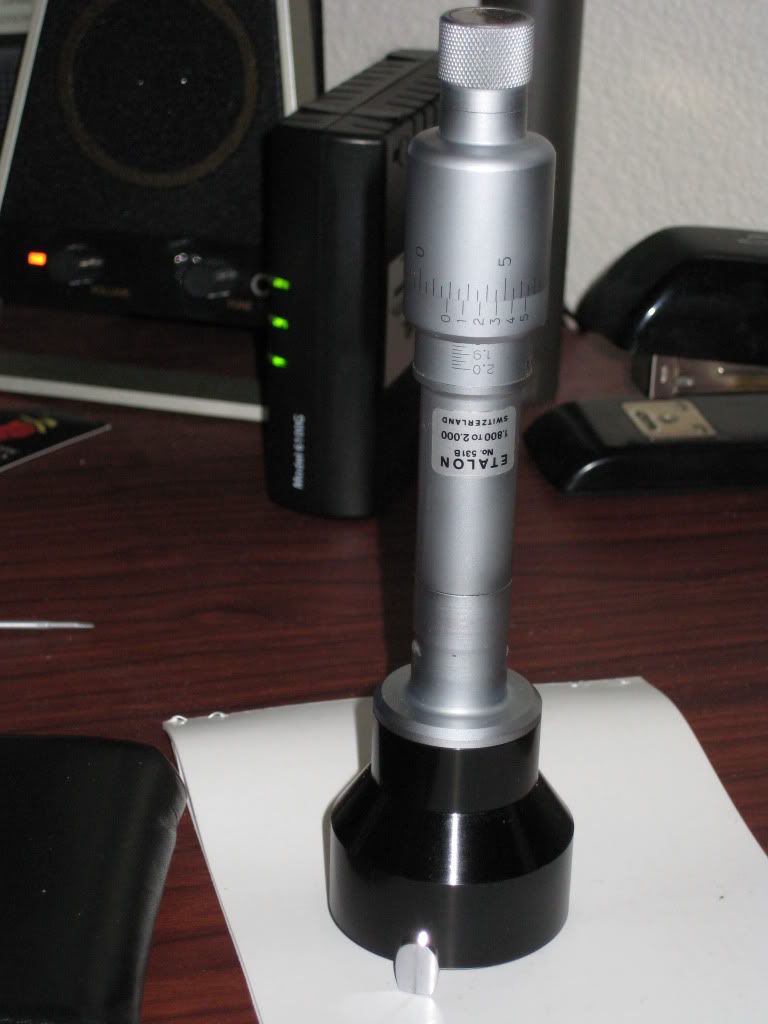I need to make a bore with a +/- .0002 tolerance. I was planning to buy a class xx ring gage from Meyer Gage, and use a dial bore gauge. I only have 6 parts to make, so I need an economical way to measure this. The company I'm making this for has a fancy cmm so that is probably how they will measure it. Will the dial bore gauge work for this? Any other options I should consider?
Thanks in advance
Thanks in advance





